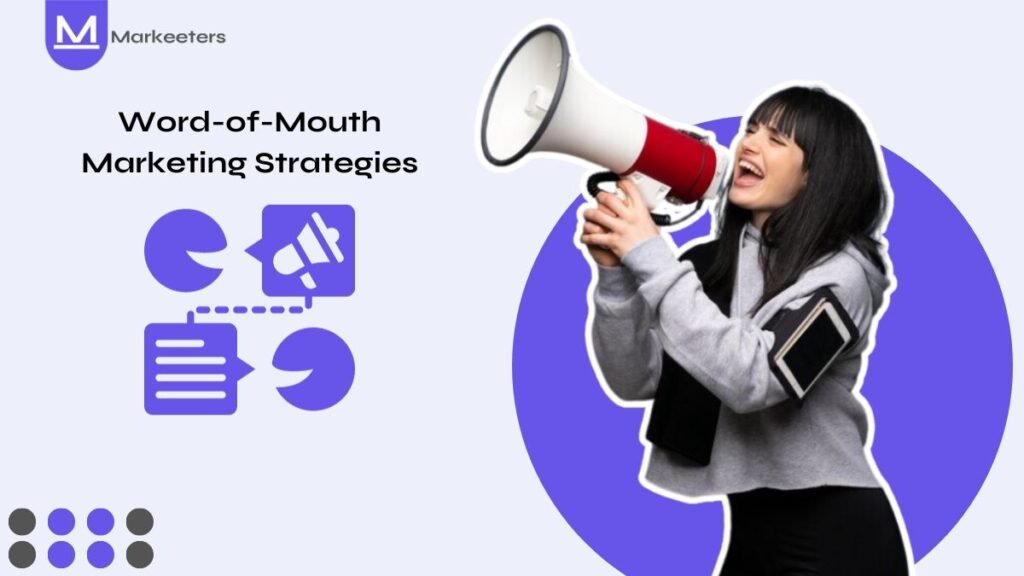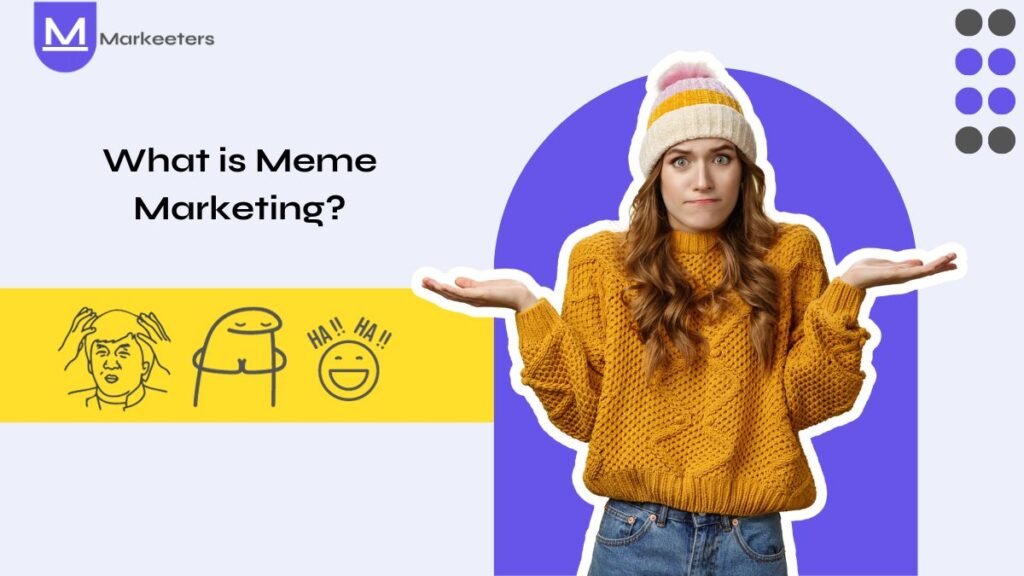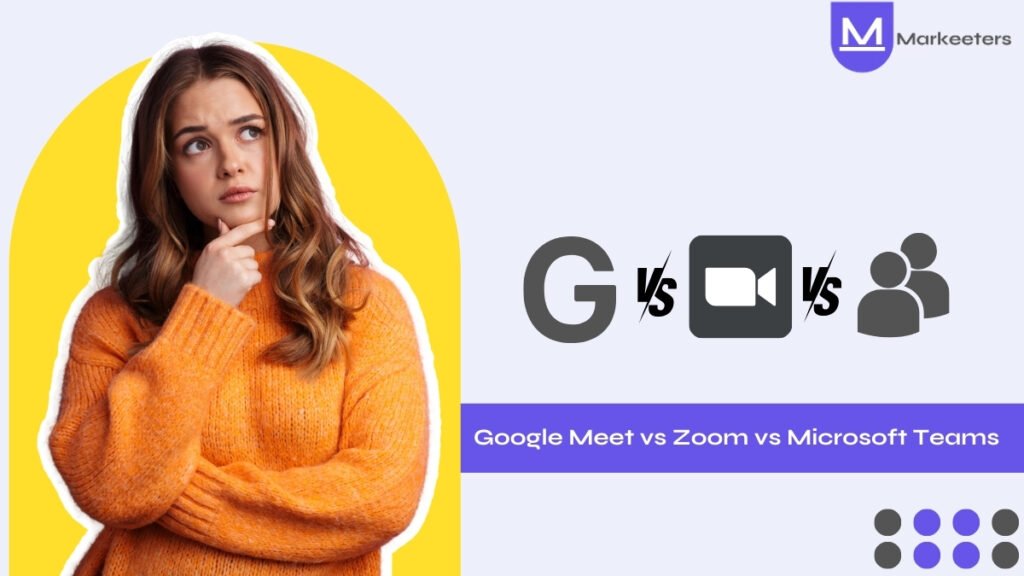Word-of-mouth is not just a happy accident; it’s a carefully crafted masterpiece. Nurture your brand, cultivate exceptional experiences, and watch as your customers become your most passionate advocates. Explore 10 Word-of-Mouth Marketing Strategies to Grow Your Business. Unlock the secrets of customer advocacy. Increase sales and brand loyalty now! Act and thrive!
37% of Americans decided on which restaurant to eat at based on word-of-mouth recommendations. Word-of-mouth marketing is a technique used to convince existing customers that they should tell their friends and family about the products in which they are fond. It is up to the business to develop something useful and creative that is worth sharing with others.
Studies found that 31% of US adults say brand trust has a great deal of influence on purchase decisions, and 37% agreed it had a lot of influence. Word-of-mouth is more compelling than commercials because people trust their friends, family, and peers. People are more persuaded by their neighbor’s opinions than by ads. Word-of-mouth marketing eliminates consumers’ skepticism of traditional marketing advertising, making it far more potent and compelling.
Featured resource for you: What Is Word-of-Mouth Marketing? Definition and Guide
10 Word-of-Mouth Marketing Strategies to Grow Your Business
Word-of-mouth marketing does not happen on its own, especially if you don’t have a well-established brand. However, there is also no assurance that if you have built a brand people will come to you. Until and unless people don’t know about your brand, product or service, no one will talk about it. Even if your business has created something innovative, no one is going to talk about it until people are made aware of your invention.
You need some sparks to start the wildfire, which is where this word-of-mouth marketing begins. So, here are some word-of-mouth strategies to grow your business:
1. Social Media
Social media is the talk of the town. If you move carefully, your post can go viral. Everyone is using social media, and there are techniques to engage them in order to generate word-of-mouth marketing. It is one of the most useful word-of-mouth marketing strategies to grow your business. And, no, you don’t have to spend six figures on annual social media marketing ads or start a debate. For instance, Wendy’s is excellent at consumer interaction on social media platforms.
My red flag is thinking she still thinks about me pic.twitter.com/AYfjEK0Gve
— Wendy’s (@Wendys) July 26, 2023
Another technique to boost your word-of-mouth marketing is to use trending hashtags. Purposefully develop a hashtag for your product, service, event, or campaign so that your audience can talk about it simply and clearly. Employee advocacy initiatives are also an excellent approach to creating buzz about your brand on social media. In simple terms, you ask your employees to share information on their social media platforms with their followers. These social media posts have the possibility of reaching a larger audience and sparking new discussion.
Featured resources: What is Emotional Marketing? Everything You Need to Know
Inbound vs Outbound Marketing: What’s the Difference?
What is Meme Marketing? Everything You Should Know
2. Experience Marketing
When a brand creates an experience for its customers, people begin to talk about it with their near and dear ones. This is also one way to reap the benefits of word-of-mouth marketing. People love to share their experiences, whether on Instagram, Twitter, Facebook, or any other popular platform. Create a memorable experience, and people will automatically generate word-of-mouth marketing. For example: Barbie Movie Selfie Generator by Warner Bros.
Visitors could visit the website BarbieSelfie.ai. They were welcomed with the phrase “Welcome to Barbie Land, where you can Barbie (or Ken).” Click the button below to become an instant icon! #BarbieTheMovie
It is an excellent example of experience marketing because it makes movie buffs feel encouraged to see themselves in the Barbie movie and makes them feel like they are also a part of the Barbie world.
3. Influencer Marketing
Influencer marketing should not be confused with celebrity endorsements. Celebrities are often popular icons, yet unapproachable. Influencers are people who are respected in their specific fields. They are more personable and relatable, yet they have a larger, more narrow following. As per the reports of Edelman’s Trust Barometer, 58% of participants admitted to purchasing a product because of an influencer recommendation in the prior 6 months.
For instance: 67 Shades of Dior Campaign. The goal of the campaign was to raise global awareness of the new Dior Forever Foundation by highlighting the variety of hues available. They also intended to showcase the product’s diversity by having an ambassador for each shade.
67 Shades of Skin: How Buttermilk Delivered Dior's Most Inclusive Influencer Activation to Date https://t.co/zfXpzVGGsC via @talkinfluence pic.twitter.com/xrZnjye9zB
— Winning at B2B Influencer Marketing (@winfluencermktg) September 22, 2020
They chose and collaborated with 67 influencers for the campaign, each of whom matched one of Dior’s 67 shades. In turn, influencers published one post every day for 67 days. The 67 influencers reached a total of 2.66 million people. Furthermore, their posts received 1.85 million impressions and 592 thousand interactions.
The simplest way to use influencer marketing is to identify important people in your field who are or may become brand advocates. Their influence and reach may create a buzz among people.
Check out our blog: Digital Creators vs. Influencers: What is the Difference?
4. User-Generated Content (UGC)
Encouraging and utilizing user-generated content (UGC) is a double punch- possibly a triple punch. You convince your customers to share their content for an incentive. An incentive could be a free product, an opportunity to collaborate on a blog or giveaway entries. Users share their content with their social media followers.
You reuse that amazing content and share it through your platforms (after getting their permission). The original user is delighted that the brand shared your content, and they are inclined to share your content again. Furthermore, if they are devoted, they will most likely tell their spouse, friends, mother, father, and anybody else who will listen. And bam, that is your jackpot!
For example: The famous Share a Coke campaign by Coca-Cola
5. Customer Reviews
Customer reviews are important. 88% of people trust reviews just as much as personal recommendations. Customer reviews are the truest kind of word-of-mouth marketing. It is consumers selling your products with their mouths. This is one of the most important word-of-mouth marketing strategies to grow your business.
Invite your satisfied customers to submit reviews on Facebook, Google, Amazon, and other niche-specific sites that your target demographic visits most often. Some people leave reviews without asking. Some might need a little nudge or a small reward to post a review.
6. Understand Your Audience
Create buyer personas for your target audience. These should be comprehensive. You will have a better chance to start a movement if you provide solutions for a particular problem faced by your niche audience. As a business, you must address the problems that resonate with your audience to welcome you into their lives and become brand advocates.
To put it simply, the situation does not have to be extremely emotional to be considered personal. Addressing a personal problem simply involves providing a solution to the problem that is relevant and significant to your target audience.
7. Understand your Industry, Product, Service and Company
Understand your industry inside and out. The same goes for your product or service. This involves your product marketing, support, and engineering teams in your word-of-mouth marketing initiatives. You will also need to know your company and what it stands for. You need to identify the position of your brand to survive in the tough times that plague the industry. You should know about your competitors and think about issues and disputes that are common to this day.
Prepare to discuss any aspect of your product, service, company, or industry. All these aspects may come up during conversations with your existing and potential customers. These are the characteristics of a thought leader. They inspire, provide confidence, and help create buzz about your business and brand. You are asking people to talk about your brand and business, and no one will do so unless they trust you and believe that you are the best in the industry.
8. Be Unique
When you launch a product or service, try not to roll it out immediately in the market. If you are beta-testing, invite influencers and well-connected members of your community who can provide useful feedback. They can then invite their influencer network to help your product or service go viral. People usually want things they can’t have. So, share your product with a highly relevant audience. For example: Spotify

They analyze customer data to suggest songs, music, artists, podcasts, and other content to listeners. They have a simple design and simple language, which makes it easier to summarize their annual highlights. These summaries encourage discussion and interaction while also improving the product experience.
9. Provide a Simple and Smooth Buying Experience
One of the most simple and effective ways to convert a prospect into a loyal customer is to make their buying process as smooth as possible. Your website is like a journey for visitors. Don’t create something complicated to confuse your visitors and buyers. Create an aesthetically pleasing website. A good website design can increase your conversions by up to 400%. Your website plays an important role in influencing your audience to buy your products or services.
You need to make sure of certain aspects such as:
- Website Layout
- Site speed
- Page load time
- Shopping cart design
- Checkout procedure
10. Referral Program
You can also launch a referral program to create some buzz about your brand and business. You can take advantage of referral apps to ease your process. These apps provide your satisfied and loyal customers with an additional incentive to share the word about your company. It sends an automatic email to customers when they make a purchase, giving you a specified incentive if they recommend a friend. The reward is paid out when the friend uses the original customer’s code to buy and checkout. All you have to do is opt for the reward for your program, and the app will take care of it.
Featured resources: What is Referral Marketing? And How to Use it Successfully?
10 Best Referral Marketing Strategies (Ultimate List 2024)
Conclusion
Word-of-mouth marketing is about creating an experience for your customers that they won’t forget. They can’t help but share with others. If you have a small and relatively unknown brand, you cannot entirely depend on word-of-mouth marketing to create a buzz about your brand in the marketplace. You have to try a blend of many strategies to establish yourself as a renowned brand in the community.
FAQs
What are 5 word-of-mouth marketing?
All word-of-mouth marketing initiatives follow the same 5 fundamental steps- the five Ts of word-of-mouth marketing are: Talkers, Topics, Tools, Taking Part, and Tracking.
What are the 6 principles of word-of-mouth marketing?
There are six principles of word-of-mouth marketing. They have an acronym STEPPS: Social Currency, Triggers, Emotion, Public, Practical Value, and Stories.
What are the opportunities of word-of-mouth marketing?
Word-of-mouth is a significant marketing strategy that depends on testimonials from actual users of a product or service. It is a more reliable kind of advertising and aids in the decision-making process for customers. It can also assist businesses in reducing their marketing expenses.





